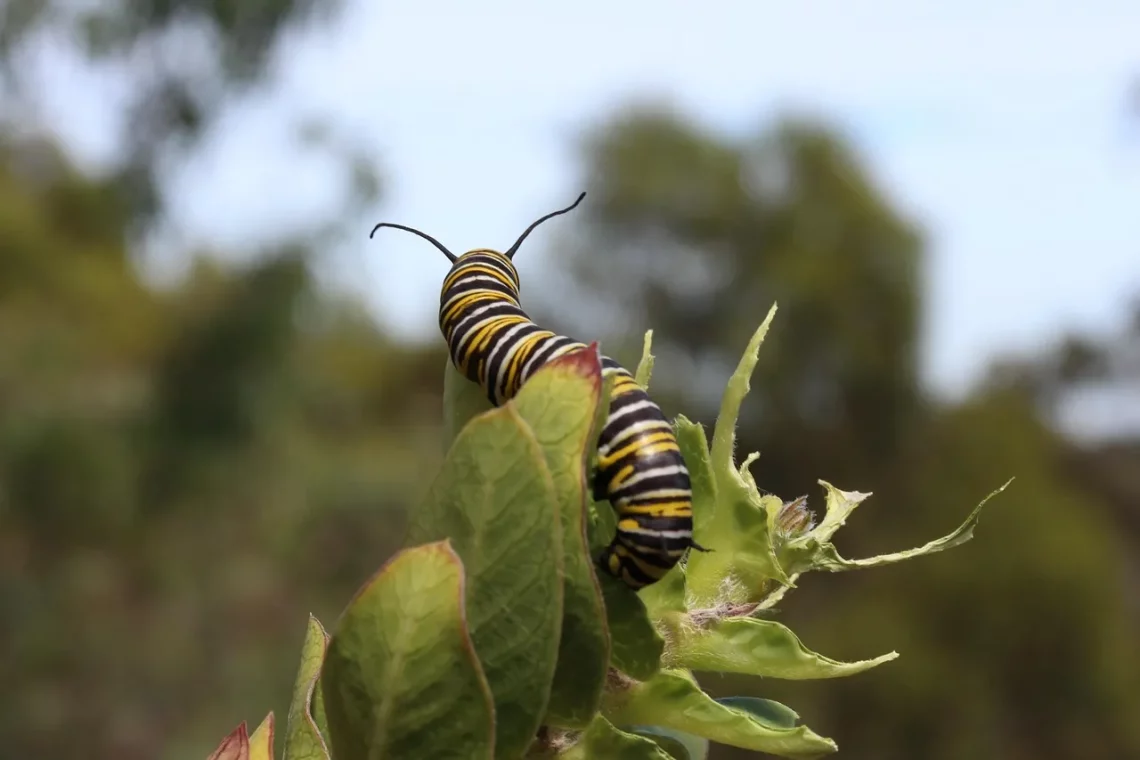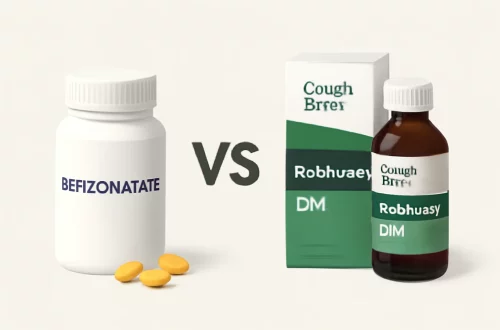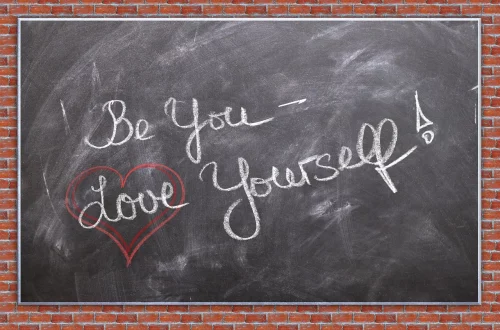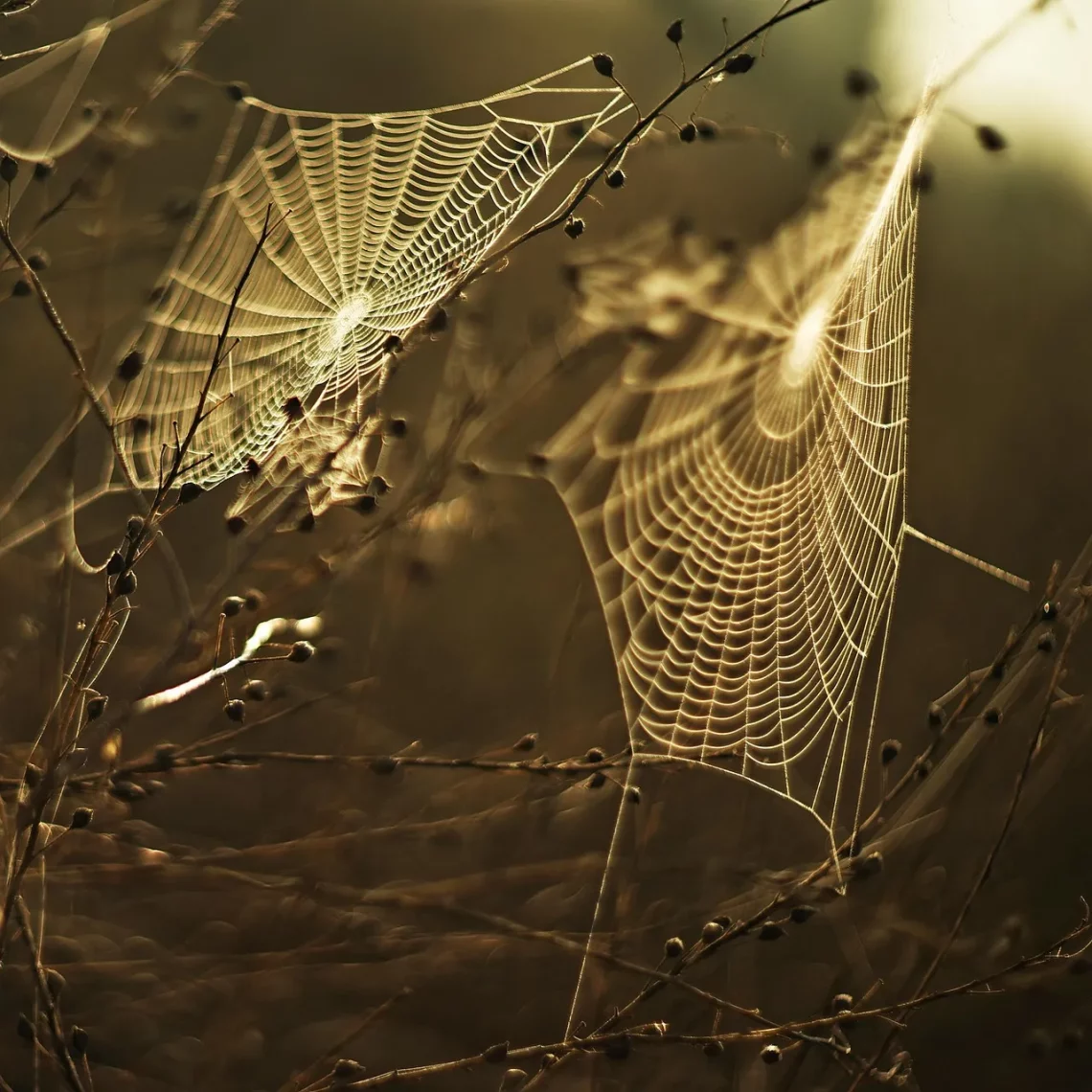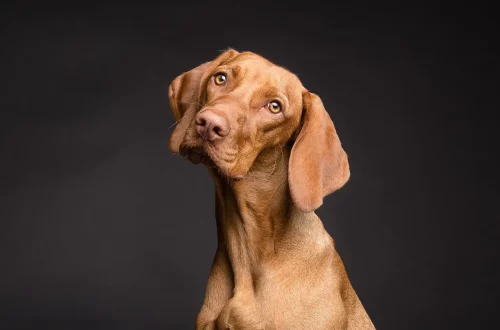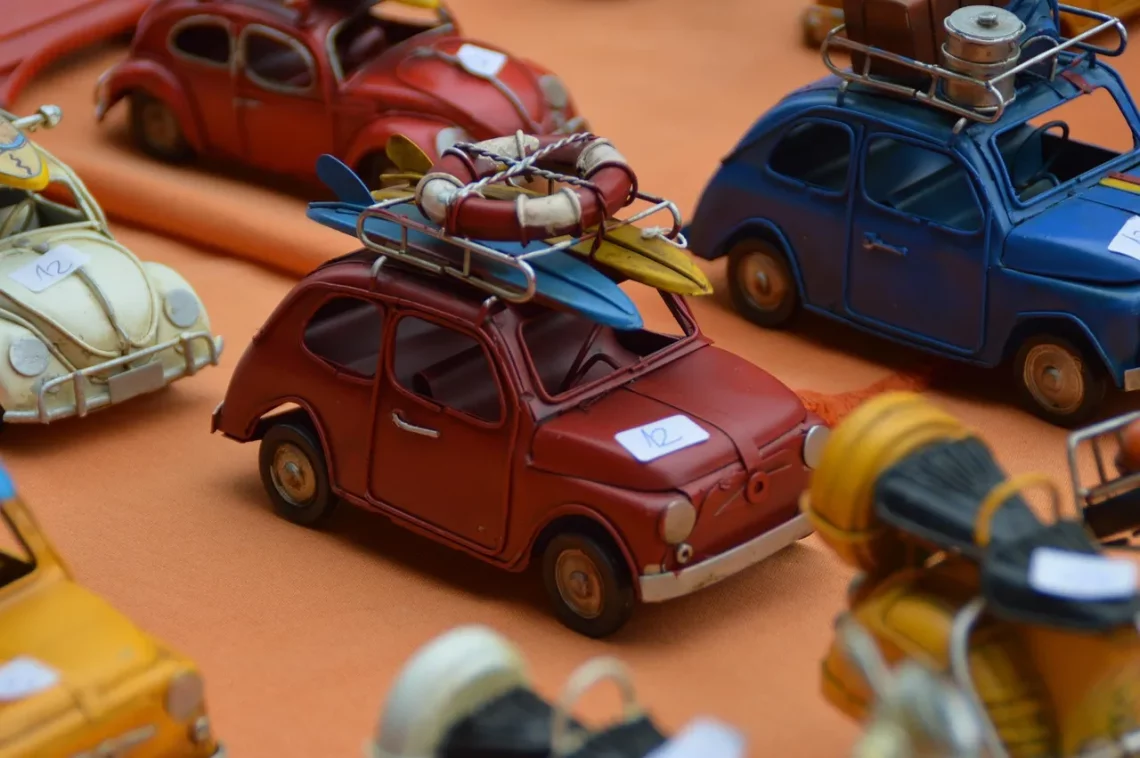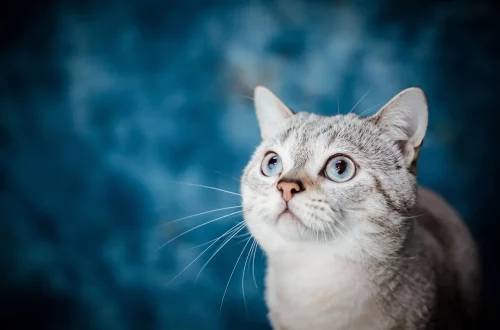-
The Fascinating Life Cycle of the Pumpkin Caterpillar Explained
The fascinating life cycle of the pumpkin caterpillar is a subject that captivates both entomologists and nature enthusiasts alike. This remarkable insect, scientifically known as the Cucullia convexipennis, is closely associated with the pumpkin plant and is a key player in the ecosystem. Understanding its life cycle not only enlightens us about this specific caterpillar but also sheds light on the broader ecological relationships that exist within our gardens and agricultural lands. From egg to adult, the pumpkin caterpillar undergoes a series of transformative stages that illustrate the complexity of nature’s design. Each phase of its life is intricately linked to environmental factors such as temperature, humidity, and the availability…
-
The Fascinating Life Cycle of the Pumpkin Caterpillar Explained
The pumpkin caterpillar, known scientifically as the *Cucullia convexipennis*, is a fascinating creature that captivates both entomologists and garden enthusiasts alike. This unique insect is often associated with the fall season, particularly due to its connection with pumpkins and other gourds. As an essential part of the ecosystem, the pumpkin caterpillar plays a significant role in the food chain, serving as both a pollinator and a food source for various birds and other predators. Its life cycle is a remarkable journey of transformation and adaptation that not only highlights the beauty of nature but also serves as a reminder of the delicate balance within ecosystems. Understanding the pumpkin caterpillar’s life…
-
Can Fleas Travel on Humans to Infest Another House?
Fleas are tiny, agile insects that have been a nuisance to humans and pets for centuries. These resilient pests are known for their rapid reproduction and ability to thrive in various environments. Fleas are not only a source of discomfort but can also pose health risks by transmitting diseases and causing allergic reactions. While most people associate fleas with pets, their ability to travel and infest new areas raises the question: can fleas travel on humans to infest another house? Understanding the behavior and biology of fleas is crucial to grasping how they can potentially hitch a ride on unsuspecting humans. Fleas are primarily adapted to living on animals, particularly…
-
Do Mice Carry Fleas and What You Need to Know About It
Mice are small creatures that have a knack for infiltrating our homes and gardens, often unnoticed. Their presence can be more than just a nuisance; it can lead to significant health risks, particularly when it comes to parasites like fleas. Understanding the relationship between mice and fleas is crucial for maintaining a healthy living environment. Fleas are notorious for their ability to jump, breed quickly, and cause discomfort to both humans and pets. When mice invade your space, they can inadvertently bring fleas along with them, turning your home into a breeding ground for these pesky parasites. The connection between these two pests is an important one, as it highlights…
-
Can Dogs Spread Bed Bugs? Understanding the Risks and Myths
Bed bugs have become an increasingly common nuisance in households, hotels, and other environments where humans gather. These small, elusive insects feed primarily on human blood, leading to discomfort, sleepless nights, and in some cases, secondary infections from scratching. As awareness of bed bugs grows, so do the myths surrounding their behavior and spread. One particularly contentious topic is whether our beloved pets, especially dogs, can play a role in transmitting these pests. The idea that dogs could be responsible for spreading bed bugs raises questions about pet hygiene and the effectiveness of pest control measures. Many pet owners are understandably concerned about the implications of such a possibility. After…
-
Can Ticks Survive in Water? Exploring Their Habitat and Behavior
Ticks are small arachnids that belong to the class of arachnids, closely related to spiders and mites. Despite their diminutive size, these creatures have gained notoriety as vectors of various diseases, including Lyme disease and Rocky Mountain spotted fever. Their life cycle includes several stages—larvae, nymphs, and adults—and they rely on a host for blood meals at each stage to grow and reproduce. Ticks are often found in grassy or wooded areas, where they can easily latch onto passing animals or humans. The survival strategies of ticks are fascinating, particularly when it comes to their resilience in different habitats. One of the most intriguing questions that arise is whether ticks…
-
Do Fleas Live in Grass? Understanding Their Natural Habitat
Fleas are small, wingless insects that thrive in a variety of environments, often causing discomfort for pets and their owners alike. These parasites are notorious for their ability to reproduce quickly and their resilience in harsh conditions. Understanding where fleas live and how they survive is crucial for effective pest control and prevention. One common question that arises is whether fleas inhabit grass, as this is a common area where pets roam and play. Fleas can be found in many outdoor settings, and their life cycle and habitat preferences play a significant role in where they thrive. In this article, we will explore the natural habitat of fleas, the conditions…
